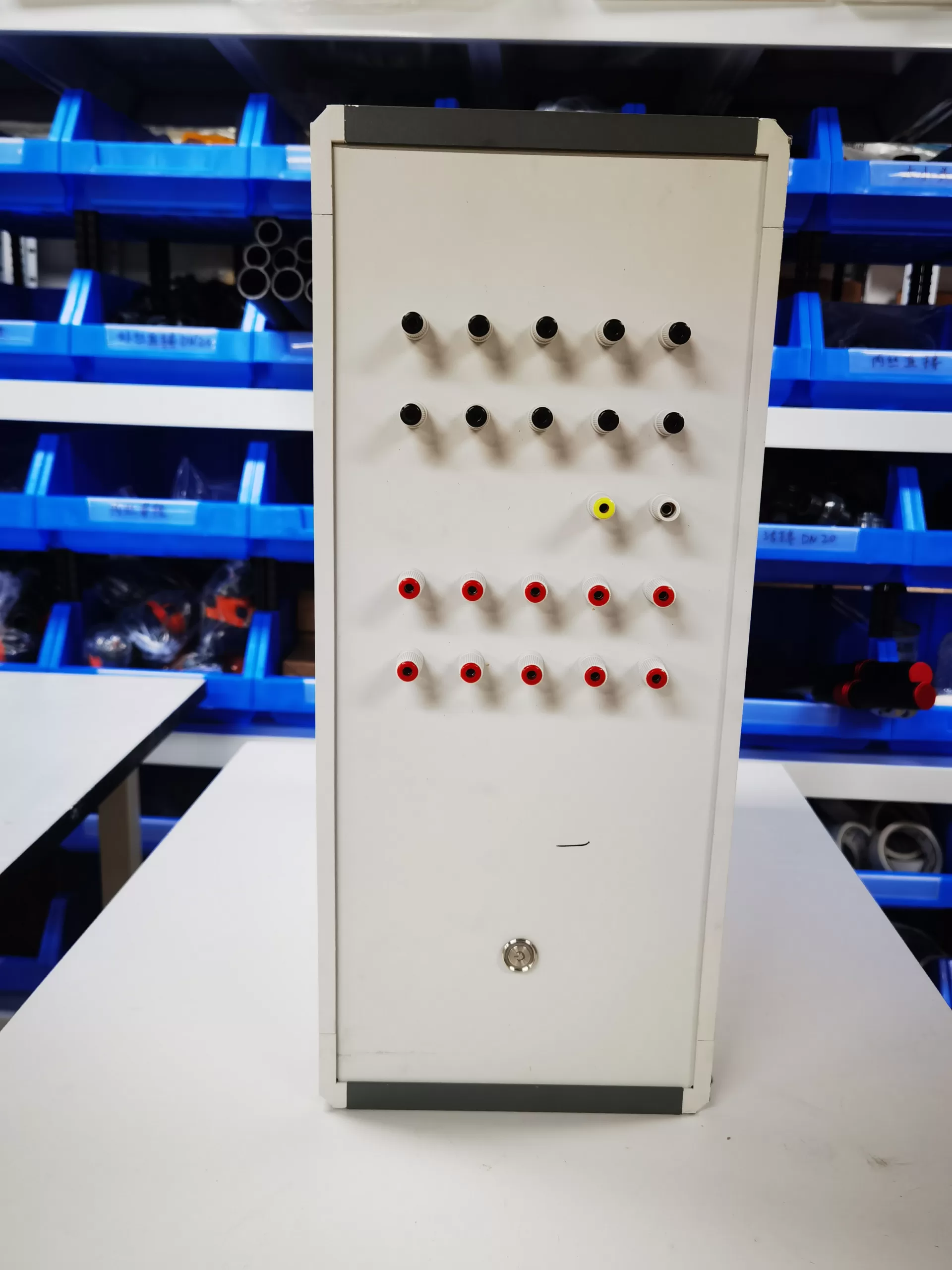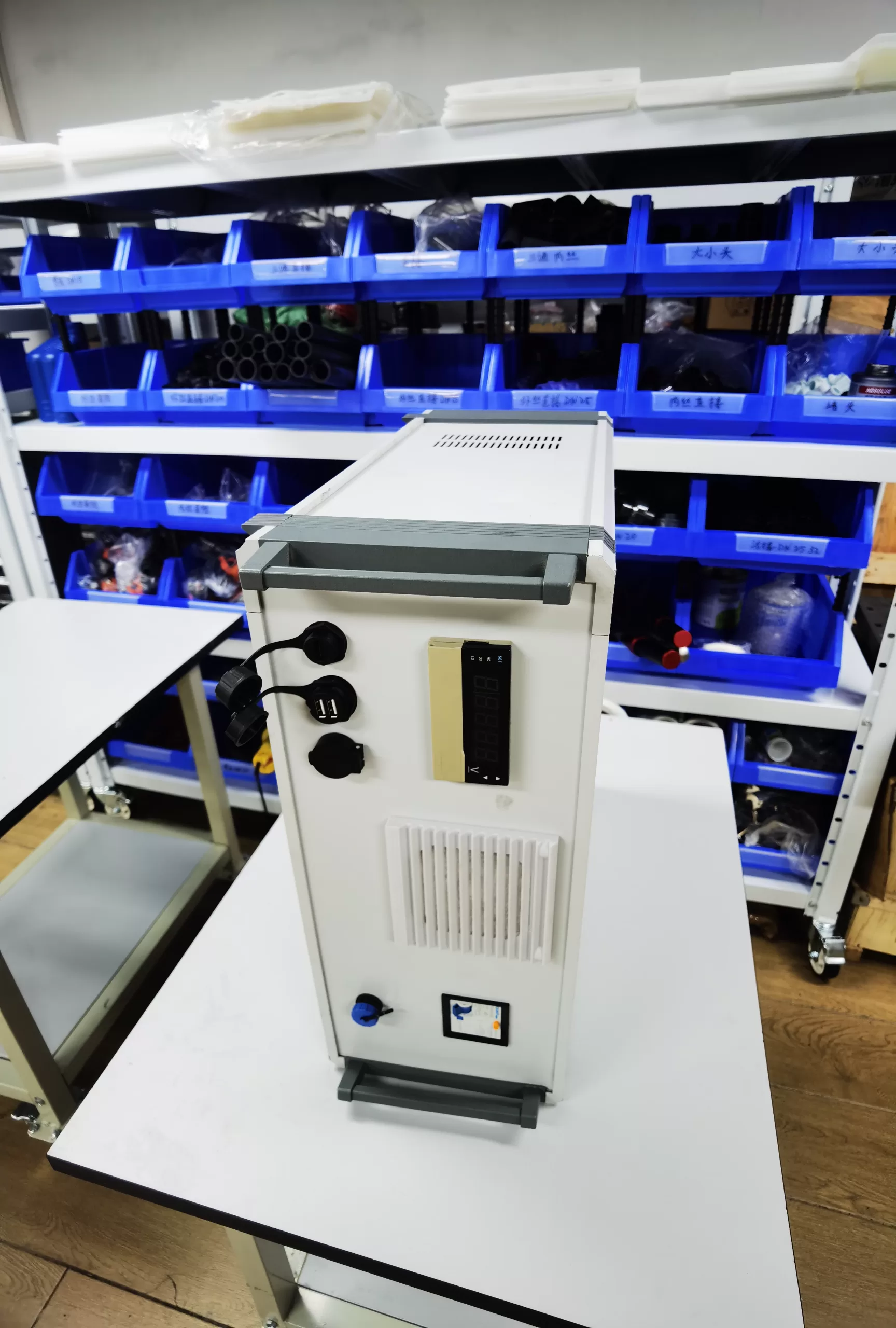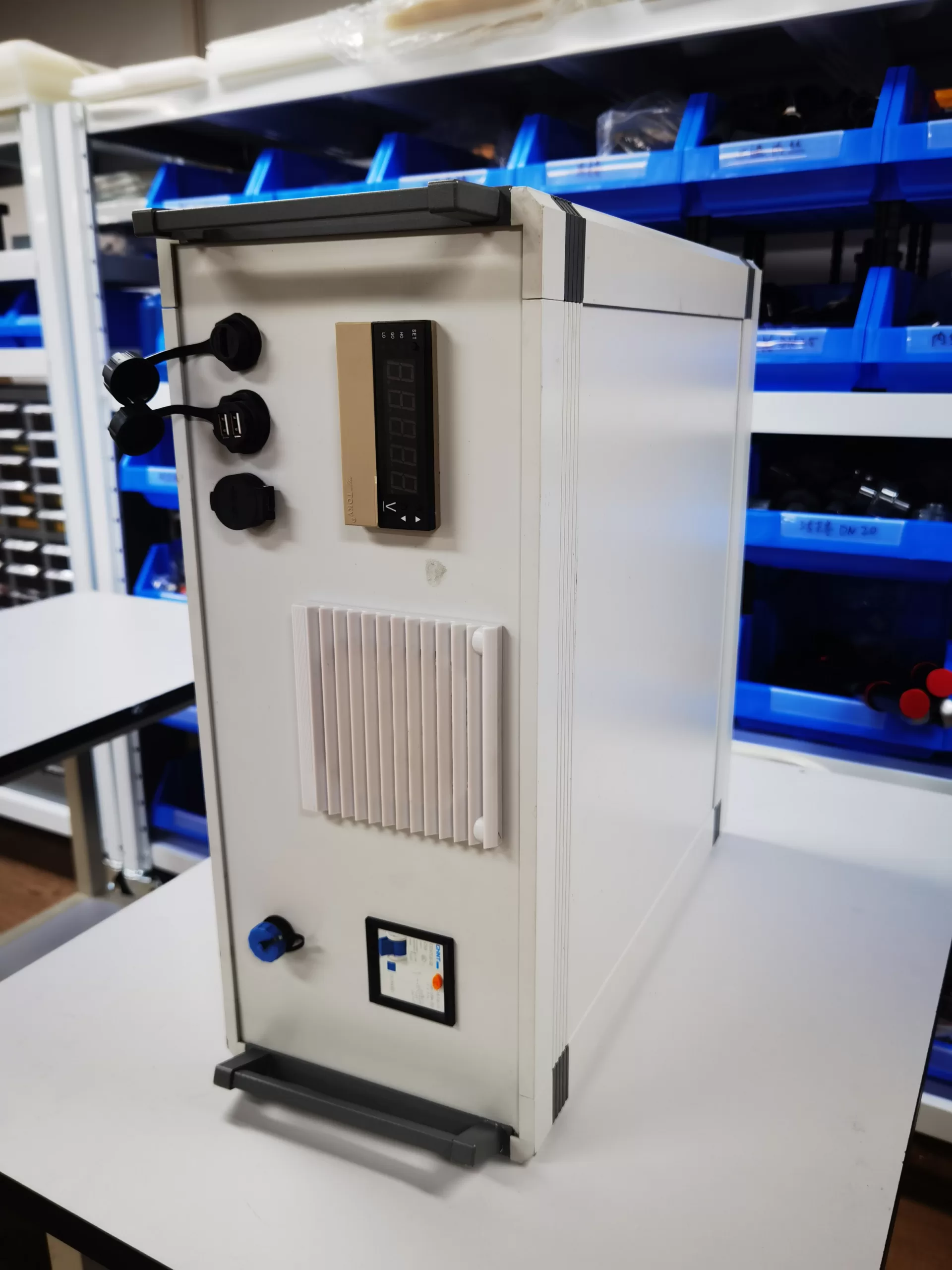Product Introduction
Three-electrode constant voltage
1. The total power supply of the equipment is a DC adjustable power supply that provides DC power to the outside. Wires 1 and 2 are external output terminals.
2. Use a DC adjustable power supply to output current at a constant voltage after voltage transformation.
3. The device needs to input a voltage value, and the built-in precision voltmeter tests the output voltage value. The device compares the output voltage value with the input voltage value. If it overflows the allowable error range, the DC adjustable power supply is adjusted to change the voltage value of the output wire so that the voltage value of the output wire is consistent with the setting.
4. If the output wire voltage value is adjusted to 0 or the maximum value (18V), and the output wire voltage value still cannot meet the setting, the power supply will operate at 0 or the maximum value (18V).
5. Monitoring and regulation are continuous and are performed during the operation of the power supply.
Two-electrode constant voltage
1. The precision voltmeter is disabled;
2. The device inputs a voltage value, adjusts the DC adjustable power supply, and changes the voltage value of wires 1 and 2 so that the voltage value of wires 1 and 2 is consistent with the setting. The setting value is limited to 0 – 18 V.
Two-electrode constant current
1. The device inputs a current value and adjusts the DC adjustable power supply so that the actual current value of wire 1 and wire 2 is consistent with the setting.
2. The precision voltmeter does not stop working, and the equipment displays the value of the precision voltmeter when it is working.




